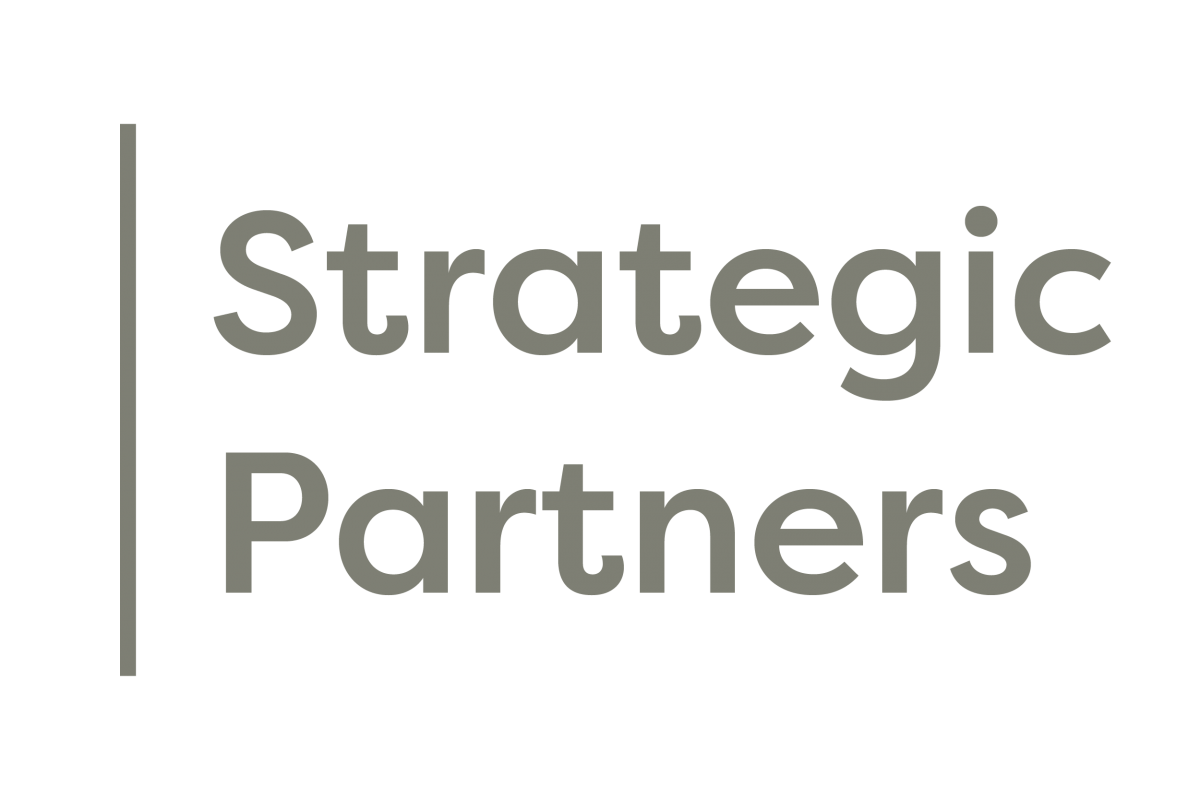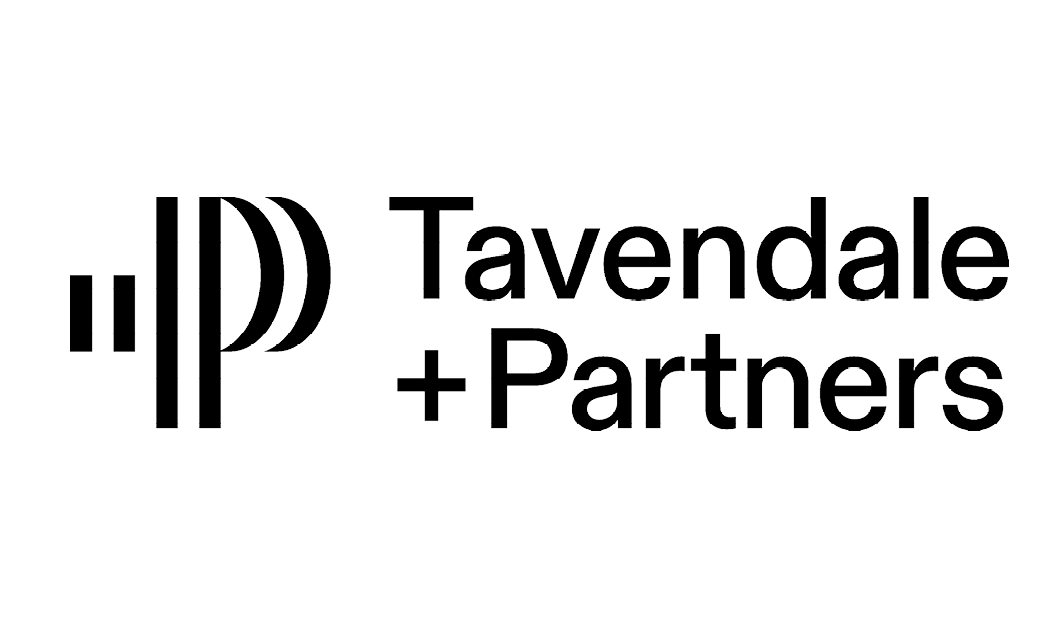THERE is an increasing breakdown in the communications between young and older farmers and both are struggling to get what they want and need out of conversations.
We have a generation of farmers raised by parents who lived through World War II, which shaped their childhoods and where no one spoke about the emotional stuff of fear or weakness. No positive feedback was given or received for fear of getting a big head.
Contrast that with the generations entering the workforce today who are growing up with a constant stream of feedback via social media and online lives that is so constant they’ve never considered life could be any different.
It is no wonder our farming businesses are struggling to engage and motivate younger farm staff and those employed don’t feel valued or that they are contributing.
As someone who sits firmly in the middle of these two groups, taking over from my baby boomer father and now employing ever-increasing numbers of younger generations and school leavers. The contrast between young and old feels like the opposite ends of the paddock.
My recent Nuffield travels looking at the tech start-up world of the Silicon Valley and insights gained from those designing mobile and computer games highlighted just how constant the stream feedback is. Consciously part of the design to engage and keep players focused, gamers receive real-time feedback on their progress. They get constant updates on their travel towards the end goal including location, time remaining, amount of life or energy left, how much stuff they might have in inventory, even how other players are doing. Then, in some games, the screen or players might flash if in imminent danger.
Combine this thought with immediate likes or recognition for pictures and comments on social media and even the way our schooling system has changed from final exams for school cert, bursary or university study when I took them 15 years ago compared with NCEA and the achievement of credits throughout the year.
How does the type, volume and timing feedback we give on-farm compare? How has it evolved in the same time frame?
More than ever before those entering the workforce today crave continuous feedback.
They demand and respect those who can create a more responsive managerial style and those supervisors they can create a relationship with. The internet has created a culture of ongoing communication and intense connectedness so it is no surprise we are beginning to expect the same standards in the rest of our lives.
Those starting out in our rural industries are equally as ambitious and hardworking as all of those before them and all want to feel valued and part of our businesses.
To contribute they want to share opinions and bounce ideas in a constructive environment and regular feedback allows that to happen while irregular and unstructured feedback keeps the conversation one-sided and in the power of the boss.
Don’t mistake the need or call for continuous feedback as a self-indulgent need for praise.
More than ever the world of employment is highly competitive for those entering the workforce.
Entry level jobs require some level of on-farm experience and this uncertain, changing environment is a challenge different from the structured one of schools and universities.
The quest is not to tell me how good I am but more what can I do better to understand where they stand and how they are performing, all part of a desire to progress and develop.
The desire for training and development through learning experiences is reported as being higher in priority for those entering the workforce than all other on-the-job benefits. Alongside formal training, continuous feedback is training in itself, because it helps to establish clear and pragmatic next steps towards objectives, so is critical in keeping our staff challenged and inspired.
From where I sit I see business owners who underestimate the incredible demand for feedback from their staff, then struggle with the tools to give it, having never had it modelled in their own lives. Versus the increasing need from those employed, who are so used to getting it continuously, without asking, they don’t know how to ask for it.
How might we bridge this gap? What capacity do we need to build?

























